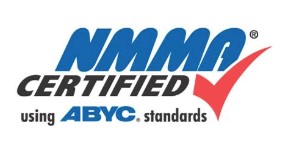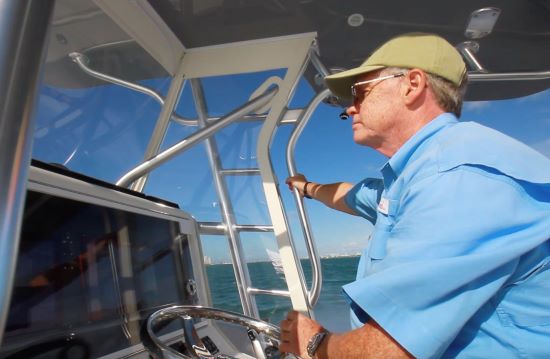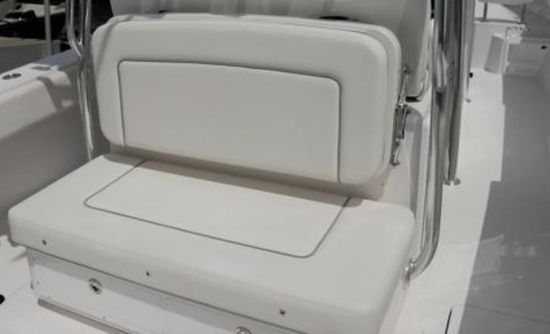How Many Handholds Do Boats Need – And Where?


Handholds and grabrails help keep boaters and passengers in their seats or on deck when conditions get rough, but how many handholds are enough? And where should they be located? The ABYC has a standard that spells out the size, strength, and position for each type, and NMMA-Certified boats must meet it. See what the standard says about this key safety feature here.

Boat Building Standards:
Handholds and Grabrails
ABYC Standards--
Handhold Devices
- Weatherdecks intended for occupancy at boat speeds not exceeding 5 mph, such as for handling ground tackle and dock lines, shall be provided with handhold devices or grabrails.
Exception: Such devices are not required for the helmsman, or in areas fitted with liferails, deckrails or lifelines installed in accordance with standards.
-
Handhold devices or grabrails shall be installed to assist personnel in the use of companionways, ladders, and stairways.
- Handhold devices or grabrails shall be provided in exterior seating locations intended to be occupied when the vessel is underway.
Exceptions:
1. Type B seats as described in ABYC H-31, Seat Structures.
2. At the helm position.
3. Center seat(s) on bench seats with 3 or more capacity.

Construction and Installation
- All handhold devices and grabrails shall be securely fastened and shall withstand a load of 400 lb. (182 kg), in any direction, at any point, along their length without failure such that they no longer perform their intended purpose.
Exceptions:
1. Steering wheels and shift throttle controls, which have their own standards.
2. Handhold devices and grabrails on inflatable boats meeting strength requirements in the Inflatable Boats standard.
- Pipe or Tubing Handhold Devices and Grabrails — If handhold devices or grabrails consist of piping or tubing supported by stanchions, the diameter of the pipe or tubing shall not be less than 0.75 inches (19.0 mm) nor more than 1.5 inches (38.1 mm) for round tubing; for any other shape a minimum circumference of 2.35 in (59.7 mm) and a maximum circumference of 4.7 inches (119.4 mm).
- The clearance between the adjacent surfaces and the railing shall not be less than 1 1/4 inches (31.8 mm), and the rail shall not rotate when subjected to a torque of 10 ft. lbs. (13.6 Nm), and the termination shall not include a closure angle less than 45 degrees.

- Solid Handhold Devices and Grabrails — If a handhold device consists of a solid strip of wood, or other material without openings, secured or molded to the top of the cabin, deckhouse roof, or other surface it shall not be installed on surfaces with an angle greater than 45 degrees from the vertical, and it shall have a minimum height of 1 3/16 inches (30.2 mm), and it shall be concave and well hollowed on the inboard side, and it shall have a minimum overall width of 1 5/8 inches (41.3 mm).
- Open handhold devices and grabrails fabricated from a single piece of wood or other material shall comply with the same minimum dimensions established for pipe or tubing handrail devices and grabrails. If open or solid handrail devices and grabrails are fabricated of wood, the wood shall be a well-seasoned hardwood, free from obvious flaws and splinters.

